
If you’ve ever felt overwhelmed by essential oils, wondering which ones are safe for kids, how to dilute them properly, or if they’re too strong for your skin, you’re not alone.
Hydrosols, sometimes called floral waters or distillates, are the gentle and water-based counterpart to essential oils. They’re produced during the steam distillation process and carry many of the same therapeutic properties as essential oils, but in a much gentler form. That’s exactly why I love hydrosols.
I address:
- What Hydrosols are
- How Hydrosols are made
- Safety concerns with Hydrosols (are there any?)
- When to use Hydrosols
- Preservatives and Shelf Life
- Signs they're going bad
- What to do with your Hydrosols
- Using Hydrosols internally
- Using Hydrosols with pets
- Dilution guidelines for Hydrosols
- Body systems Hydrosols help with
- General guidelines for using Hydrosols
Lea Jacobson, Certified Clinical Aromatherapist
Creator of HYDROSOLS: Everything You Need to Know
HYDROSOLS: Aromatherapy's Best-Kept Secret
If you’ve ever felt overwhelmed by essential oils, wondering which ones are safe for kids, how to dilute them properly, or if they’re too strong for your skin, you’re not alone.
Hydrosols, sometimes called floral waters or distillates, are the gentle and water-based counterpart to essential oils. They’re produced during the steam distillation process and carry many of the same therapeutic properties as essential oils, but in a much gentler form. That’s exactly why I love hydrosols.
Unlike essential oils, which require precise dilution and caution (especially with children), hydrosols are ready to use straight from the bottle. That means no measuring, no mixing, and no second-guessing whether it’s safe.
This makes them a wonderful option for babies, the elderly, pets, and anyone with delicate skin or scent sensitivities. They’re also perfect for those who simply want a more subtle, yet effective, approach to natural wellness.
Hydrosols can be used in so many ways: facial toners, wound sprays, cooling mists, emotional support sprays, and even in cleaning recipes. They hydrate and soothe the skin, support emotional well-being, and offer therapeutic benefits without the risks that can come from improper essential oil use.
In my years as a Certified Clinical Aromatherapist, I’ve seen firsthand how hydrosols can simplify and enhance everyday wellness. Whether you’re brand new to natural remedies or looking to expand your toolkit, hydrosols offer a safe, effective, and approachable way to support yourself and your family, naturally.
They’re ideal for babies, toddlers, and children with sensitive skin. You can use them to soothe diaper rash, calm bug bites, ease growing pains, cool fevers, or simply freshen the air in your child’s room, without the risks that come with stronger aromatic preparations. Hydrosols are also wonderful for emotional support: a quick spritz of lavender hydrosol before bedtime, for example, can become part of a soothing nighttime routine.
As a Certified Clinical Aromatherapist and mom myself, I understand how important it is to feel confident in what you're using on your children. That’s why I turn to hydrosols again and again, not just for safety, but for their effectiveness. They’re incredibly versatile, beautifully gentle, and surprisingly powerful.
I'm here to show you exactly how to use hydrosols for everyday parenting—whether you're just getting started with natural remedies or looking to simplify your routine. You’ll find remedies, tips, and guidelines to help you support your family naturally, with peace of mind.

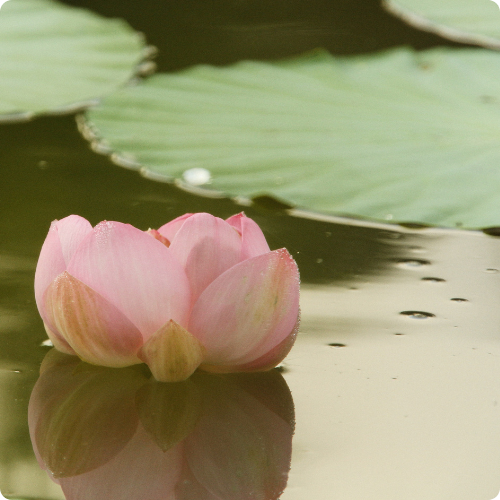
What they are...
When plant matter is steam distilled, both essential oils (oil-soluble constituents), and hydrosols (water-soluble constituents) are produced. Hydrosols contain all of the water-soluble chemical constituents of distilled plant matter.
Hydrosol comes from the Latin hydro, meaning “water,” and sol, which means “solution.” “Hydrosol" indicates any water-based solution, not specifically the type we are discussing here – but it is the word we will be using in this article.
Technically, “hydrolate” is the most accurate word to use. It comes from the Latin words hydro, meaning “water,” and lait, meaning “milk.” The “milky” reference reflects how it appears when it comes off the still. Hydrolate can also be spelled “hydrolat.”
Floral water is not a very accurate representation, as hydrosols can be steam distilled from more than just flowers.
Aromatic water is an acceptable way to describe a hydrolat, as they are full of aroma. They don't always smell like their essential oil counterpart, however. Some smell better than others. If you find you don't like the aroma of a hydrosol that you acquired for its therapeutic benefit, you can blend it with a more pleasant-smelling hydrosol, or make it into a lotion, adding essential oils that you do enjoy.

How they are made...
Hydrosols are made during the steam distillation of plant matter that produces both essential oils and hydrosols.
Steam distillation has a simple, yet effective, design. A gentle fog-like steam enters through pipes with small vents located under a grate in the bottom of a large, tall pot containing plant matter. A tightly-fitting lid rests snugly on the pot, ensuring the steam makes its way into the tube leading to the condenser. The condenser contains coils, inside of which run cold water. This water cools down the steam, turning the steam back into water (hydrolat), and oil (essential oil).
Many distillers use a Florentine flask for collecting the water and oil. This container is designed to efficiently separate the essential oil, which floats on the top, from the aromatic water underneath. One drain is located on the bottom of the container, allowing the overflow of hydrosol to flow out during distillation. A second drain is located near the top and is used to decant the essential oil after the distillation is complete. Once complete, and the oil is drained and collected, the remaining waters are again drained from the bottom drain. The end result will produce many more times hydrosol than essential oil.
It can take an hour or longer to create a gallon of hydrosol, as best results are produced when slowly distilled under low pressure. This gallon will contain 0.2 – 0.8 milliliters of dissolved essential oil, which is not separated out due to its density.

Safety concerns (are there any?)
Essential oils and hydrosols are both products of steam distillation, but their chemical makeup and uses are very different. It is known that there are safety considerations that must be respected when using essential oils. Hydrosols, on the other hand, have very few safety issues.
Here are the safety issues for the hydrosols I mention in my book:
If you are pregnant, it is best to avoid consuming Cypress, Juniper Berry, and Rosemary.
If you have renal/kidney disease, it’s best to avoid consuming Cypress and Juniper Berry.
One of my sources recommends avoiding peppermint for children under the age of three, but doesn't cite any research. The same source suggests that Eucalyptus be diluted when used topically and internally for children under the age of 4, but again doesn't cite a reference. I personally feel this caution is not warranted, but the ultimate decision is yours to make.
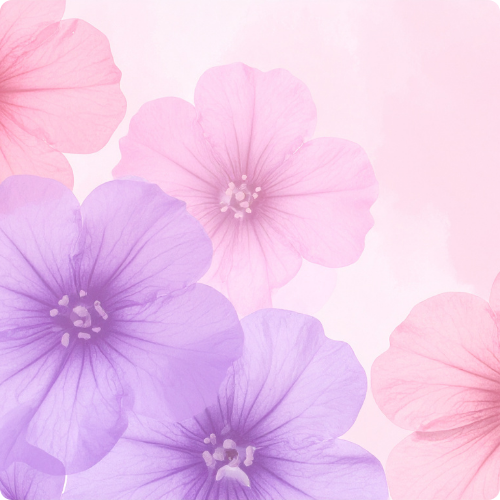
When to use Hydrosols...
Both hydrosols and essential oils have their place. Here are some examples of when hydrosols are the best choice, and when essentials oils are preferred.
Generally speaking, hydrosols should be considered first for the following:
using on pets
using on children
cuts, scrapes, and wounds
base for making lotion
skin care ingredient
undiluted topical use
consuming either as a water flavoring or for therapeutic use
perfume
linen spray

Preservatives and shelf life...
Some hydrosols are sold with preservatives. Witch hazel is technically a hydrosol that most of us are familiar with. It contains 14% alcohol which extends shelf life. Extending shelf life by adding preservatives is a good concept, as hydrosols are mostly water and can spoil in a few months if not properly stored. However, the addition of alcohol can sting on minor cuts and is not something you want in an eye wash.
There may be other stabilizers added instead of, or in addition to alcohol. Do your research - ask companies what they use, if anything, so you can be properly prepared to use the hydrosols.
Refrigerating your hydrosols can extend the shelf life. If you don't have room in your food fridge, you can purchase a small dorm-sized refrigerator on amazon.
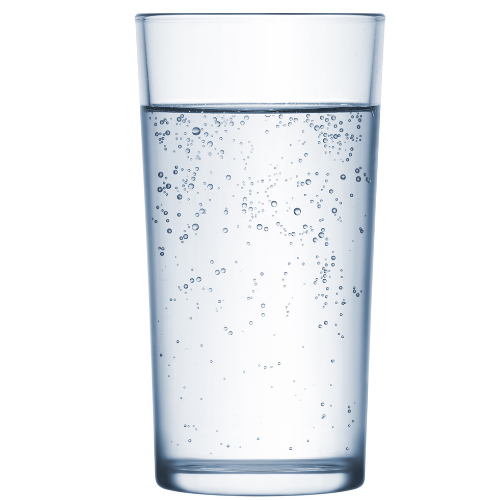
Signs they're going bad...
Hydrosols have their own range of expected pH values which vary from 2.9 to 6.5. Test the hydrosols once when you receive them, and then again every three weeks. If you start to see the numbers drop, you know the hydrosol is starting to go bad.
If you don't want to play the part of a mad scientist, look for:
visual signs of cloudiness
floating bits of growth
changes in color

What to do with your Hydrosols...
There are so many ways to use hydrosols in your home and on your body. I am going to present some ideas, but I am sure you can come up with more ways to use hydrosols as you familiarize yourself with them.
Here are a few ideas:
linen sprays
iron water
makeup remover
facial toner
use as perfume
replace the water in your facial mask recipe with a hydrosol
replace the water in your lotion recipe with a hydrosol
add to baths

Using Hydrosols internally...
Hydrosols contain a higher concentration of volatile substances than herbal teas and are useful for therapeutic benefits when consumed. Some reasons you might want to consume hydrosols:
to help soothe digestive issues such as cramping, diarrhea, constipation
to calm nerves
to eliminate cellulite
to fight insomnia
to eliminate a headache
to soothe arthritic pain from the inside
to help urinary tract infections

Using Hydrosols with pets...
Hydrosols can be added to your pet's drinking water, sprayed on their fur to repel fleas, used in the mouth to combat gum disease, and help with digestive issues, among other uses. They must be diluted first before consuming (adding to water, using in the mouth), with the exception of emergency situations.
See Lea’s other book, Using Essential Oils Safely with DOGS, for more info.
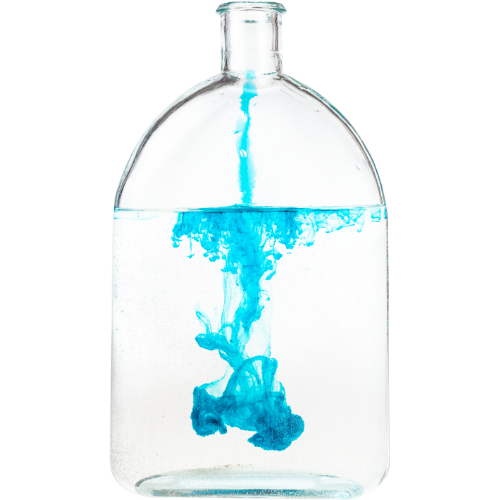
Dilution guidelines for Hydrosols...
Hydrosols do not require dilution before topical application. If you prefer to dilute for young children, you can, but it isn't necessary, except perhaps in the case of Peppermint and Eucalyptus.
Dilution guidelines for internal use vary depending on the reason for use. It must be noted that diluting is more about taste and therapeutic use than safety. Hydrosols can be consumed with little dilution, but they are so effective, there is no reason to use a lot when less will do.
For basic daily maintenance, ingesting 1-3 teaspoons per day should be enough. For therapeutic benefits, ingesting up to 3 tablespoons is suggested. Although you can't “overdose” on hydrosols, there is no need to use more than necessary. If you do feel compelled to consume more, listen to your body's urges, and do so. This likely won't last for more than a few days or weeks, and then you will probably find yourself backing off.
Babies old enough to eat solids can ingest a 5% dilution – roughly 1/2 teaspoon in 1 cup water.
Children up to age 10 can ingest a 10% dilution – roughly 1 teaspoon in 1 cup water.
Children over age 10 can ingest a 25% dilution – roughly 3 teaspoons in 1 cup water.

Body systems Hydrosols help:
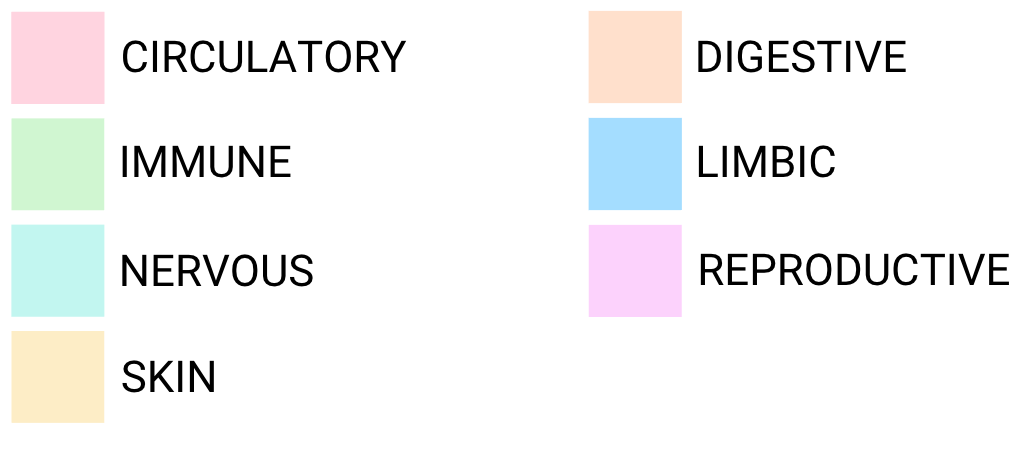

General guidelines for using Hydrosols:

Instantly download the HYDROSOLS book now!
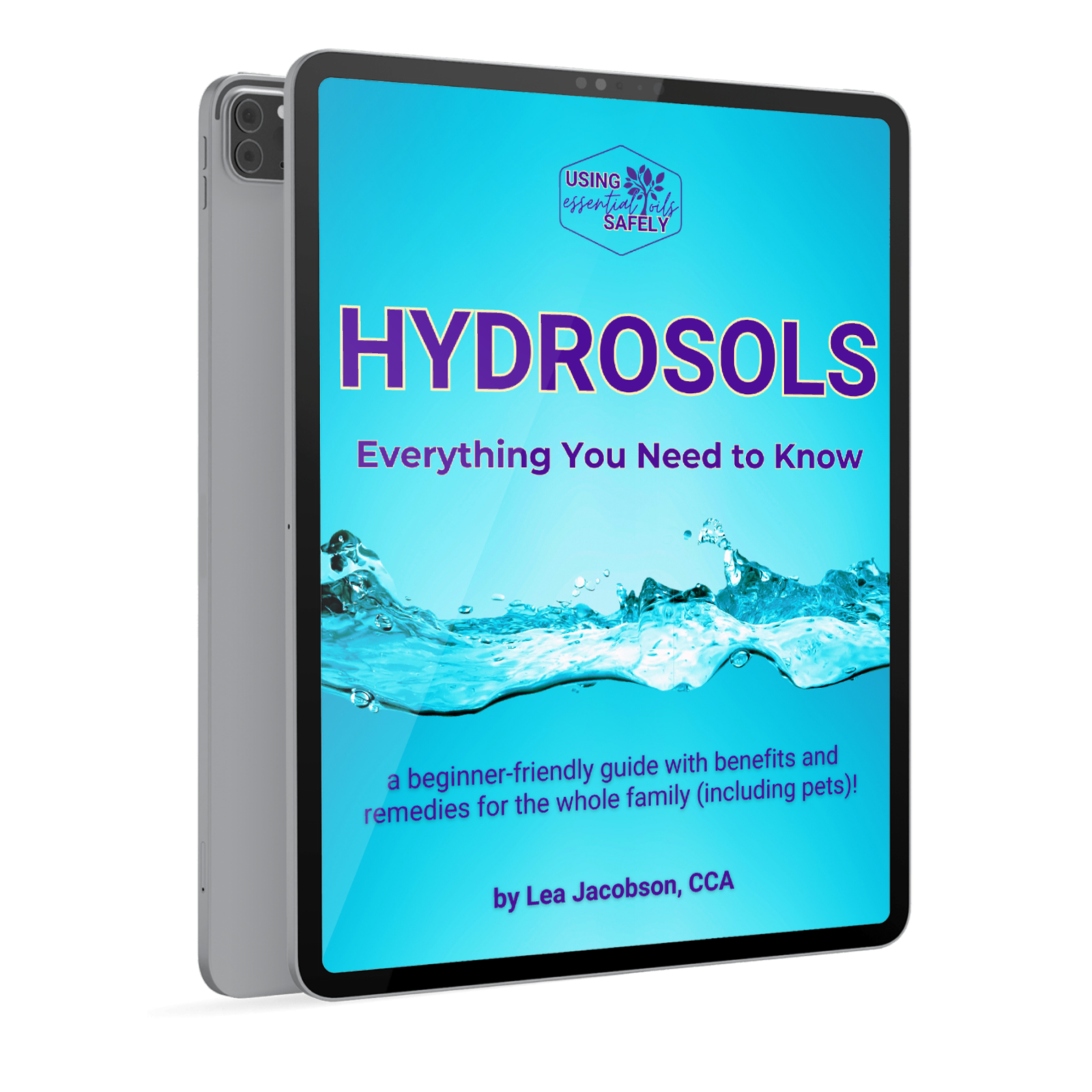
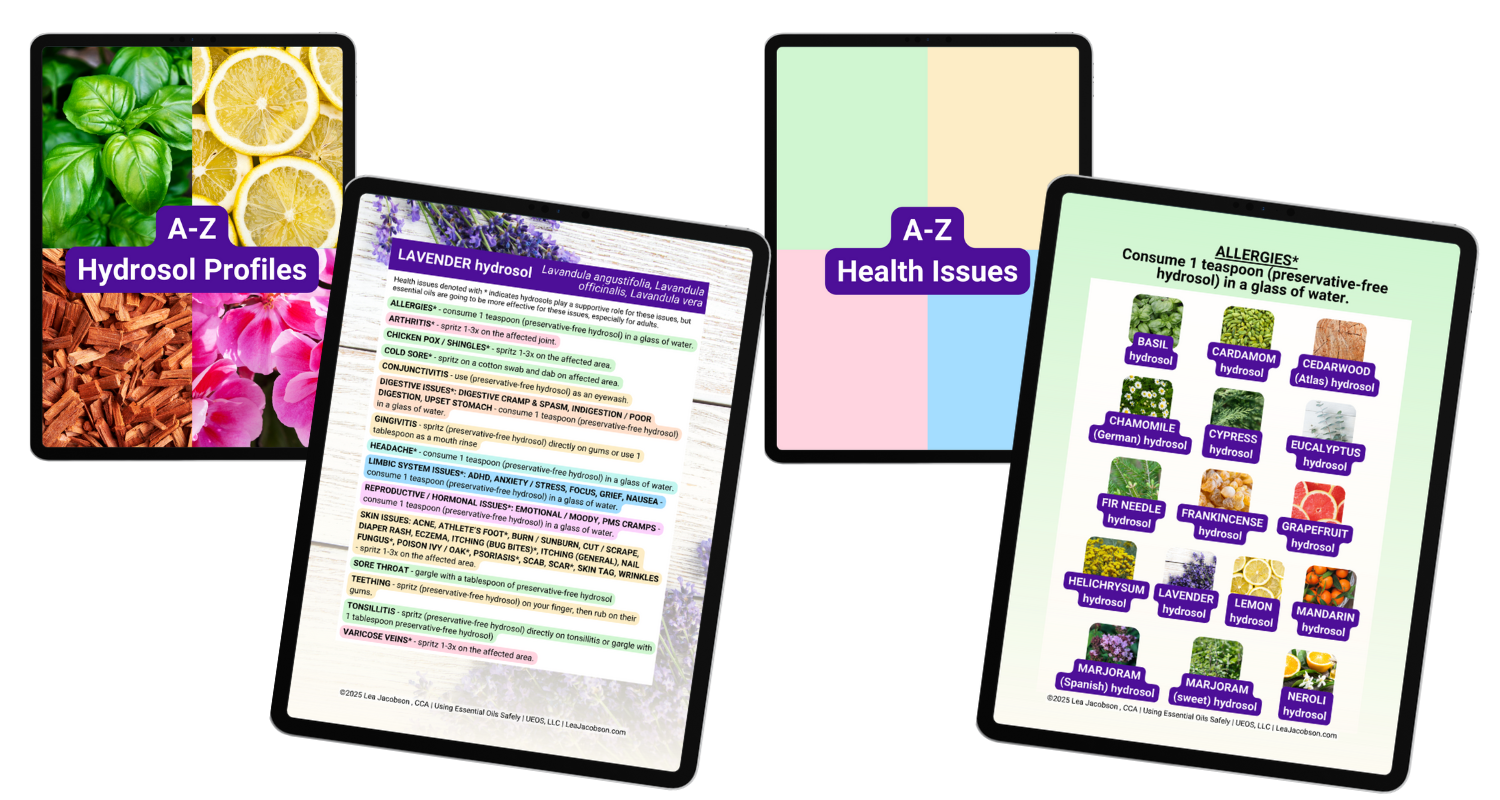
Inside this book you'll find profiles, benefits, and uses for the whole family!
DISCLAIMER: You may have a serious health issue that requires medical attention. The information provided is for educational purposes and is not intended to be a substitute for professional medical advice, diagnosis, or treatment. Always seek the advice of a qualified health provider about any questions you may have regarding a medical condition. Never disregard professional medical advice or delay in seeking care because of something you have read here. Read full disclaimer here.
© 2025 Lea Jacobson, CCA | Using Essential Oils Safely | UEOS, LLC | All Rights Reserved.